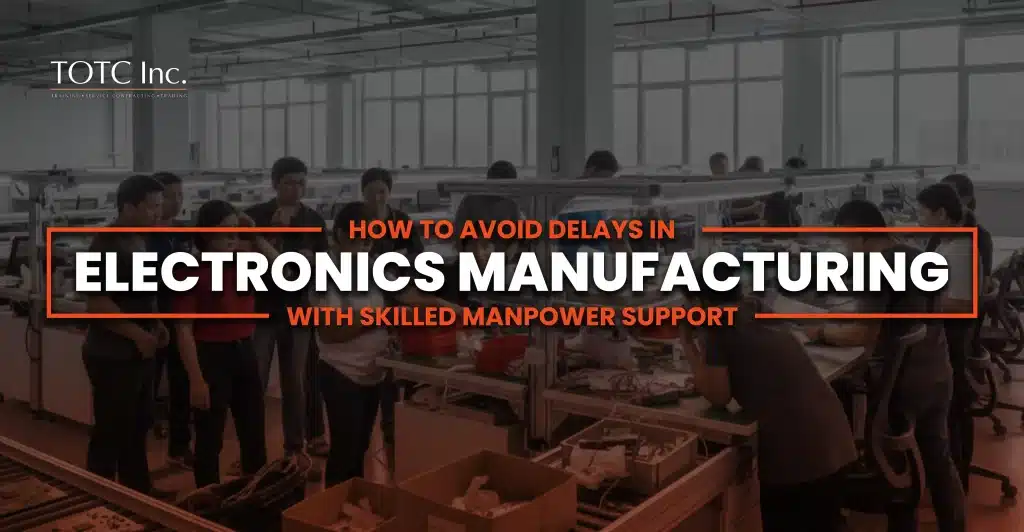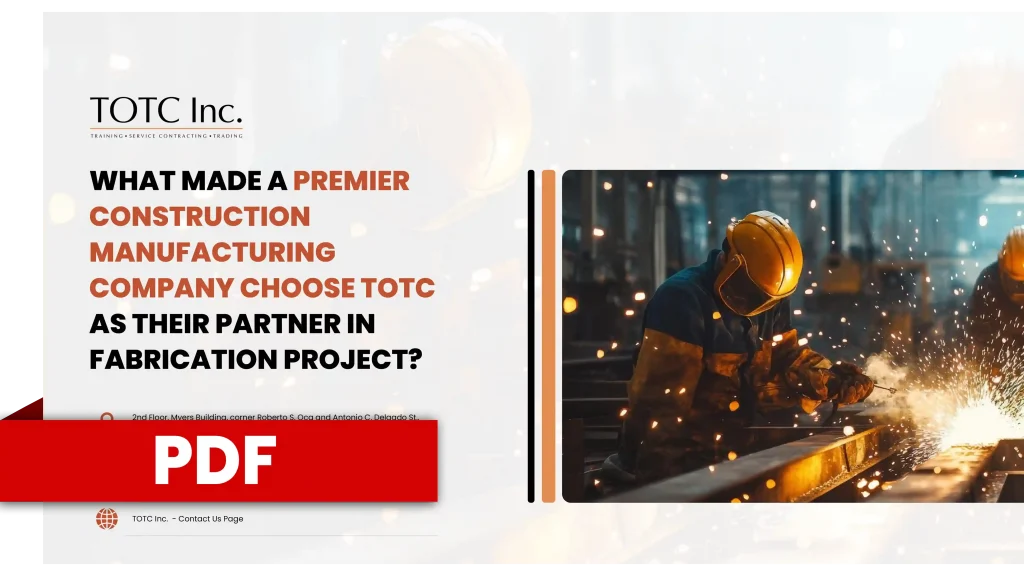Think of TVs, smartphones, medical tools, or electric cars. They all make our lives better in different ways. However, behind each of these examples lies a complex manufacturing process.
According to the latest report by IMARC Group, the consumer electronics market in the Philippines reached USD 10.24 billion (PHP 594.27 billion) in 2024. The market is projected to grow to USD 17.48 billion (PHP 1,014.59 billion) by 2033, with a compound annual growth rate (CAGR) of 6.14% from 2025 to 2033.
Philippines Consumer Electronics Market Overview
Base Year: 2024
Historical Years: 2019-2024
Forecast Years: 2025-2033

Projected growth of the Philippines consumer electronics market (2025–2033) shows a steady increase with a 6.14% CAGR, based on IMARC Group’s real-time data.
With this growth, manufacturers must prepare for possible operational disruptions like supply chain challenges, quality control demands, technological advancements, and the need for enough skilled workers.
But how do you plan to keep up with this as a Filipino manufacturer?
This blog will show you how better workforce strategies, smart automation, and improved efficiency can help prevent costly production delays and keep your manufacturing line running smoothly.
Understanding the Concept Behind Electronics Production
Every manufacturing process begins with a concept and a list of high-quality materials needed to build the product. Without this blueprint and basic components in place, you will be unable to start. But the good thing is, as soon as your concept is ready, you can move forward with the next stages.
Electronics manufacturing is simplified into three main processes.
Electronics Manufacturing Process
In this stage, raw materials and electronic components are combined to create the product. This typically includes the following:
Surface Mount Technology (SMT):
Attaching small components onto a circuit board with high precision.
Wave Soldering:
Passing circuit boards through a wave of molten solder to connect components securely.
Once the products are made, they go through quality testing. Quality assurance involves strict inspections because this process ensures product safety and builds customer trust.
After quality testing, the finished product is carefully packed to prevent any damage. Once secured, it is shipped to customers.
Challenges of Production in Electronics Manufacturing (and How to Avoid Them)
Powered by innovation and rapid change, the electronic manufacturing industry also faces serious challenges at nearly every stage of the production line.
Imagine rows of smartphones, neatly packed and ready to ship. Each one serves a purpose: to make life easier for the person receiving it.
It could be a birthday present, a tool for work or online classes, or a way to stay connected with loved ones from afar.
But what if, behind the scenes, there weren’t enough skilled technicians to keep the assembly line moving efficiently? Because of the shortage of skilled manpower, a single delay in one phase of production slowed everything down.
As a result, those products weren’t delivered on time. This triggers a domino effect of costly setbacks, from the production floor to customer satisfaction.
3 Common Reasons for the Delay in Production
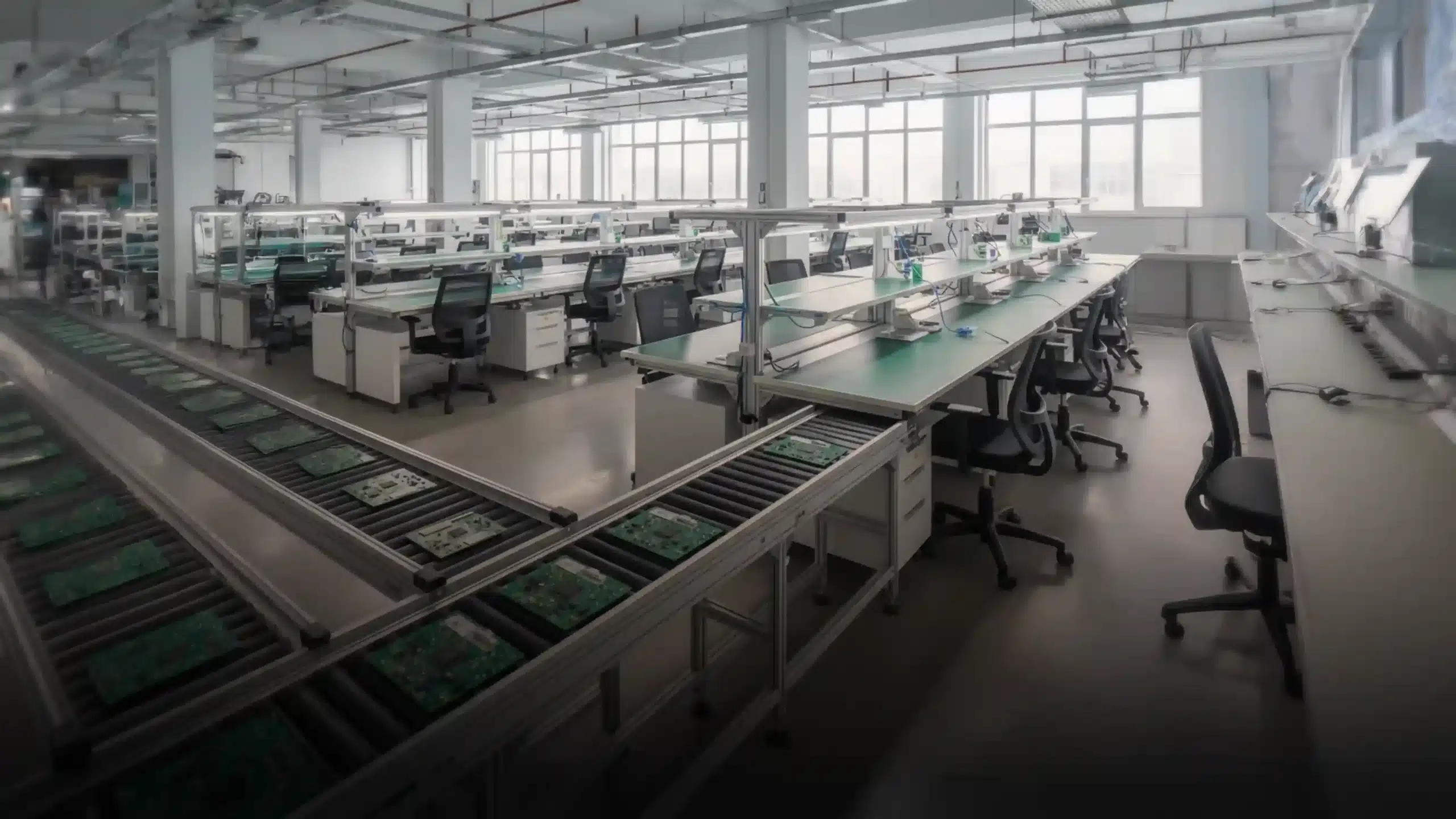
Reason #1: Lack of Skilled Manpower
The electronics manufacturing workforce is essential to keeping production on track. Unfortunately, many companies struggle to find and retain skilled workers.
A report by Oxford Economics identified the skills shortage as one of the top four barriers to the growth of the Philippines’ fast-paced semiconductor industry. Hence, the lack of qualified engineers and technicians is slowing the country’s move up the global value chain.
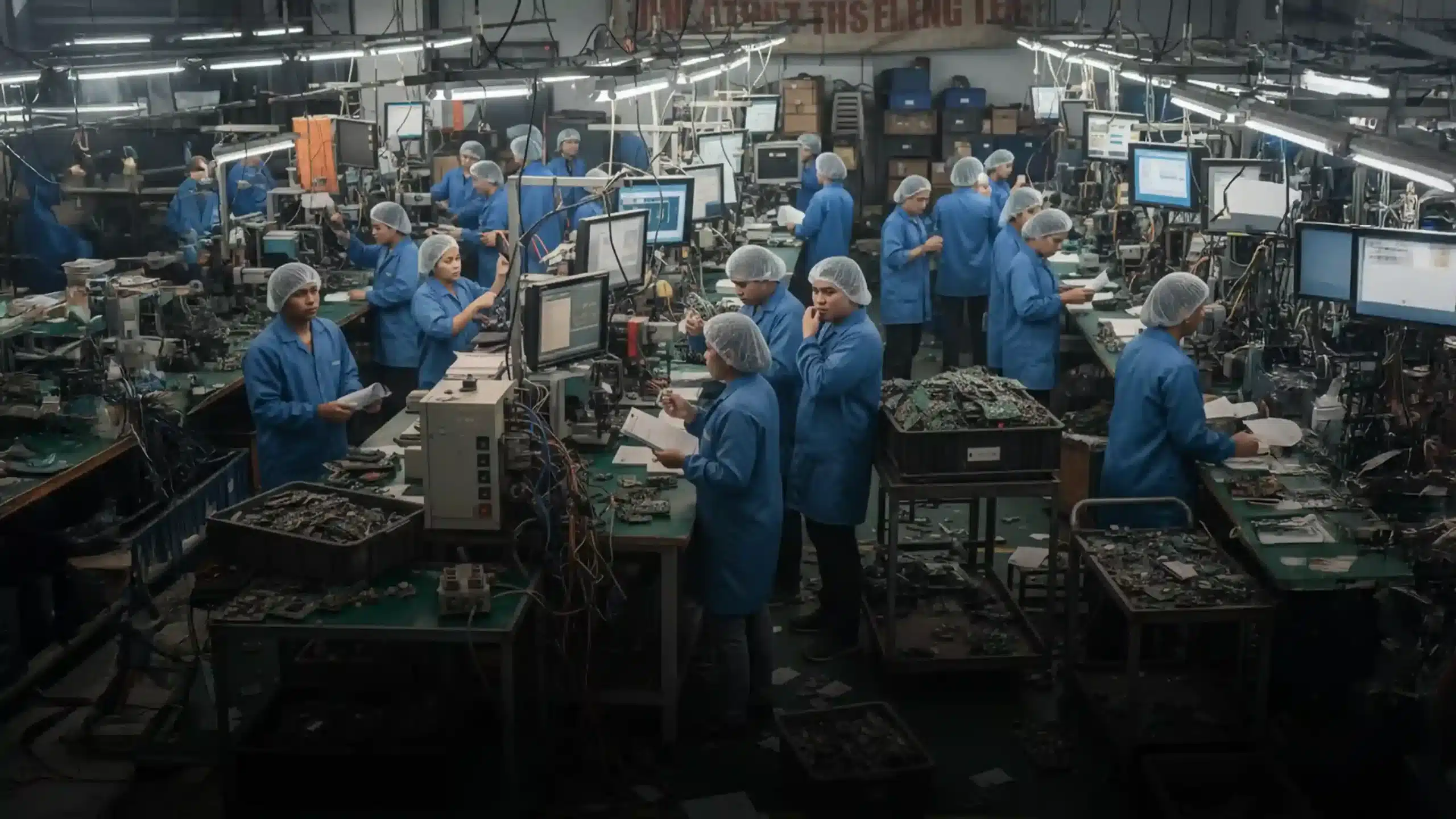
Reason #2: Inefficient Processes and Factory Productivity Loss
Aside from manpower issues, outdated processes also cause production delays. Some examples include:
- Poor scheduling
- Manual tracking
- Weak coordination between departments
Over time, these inefficiencies build up and can lead to major productivity losses, especially during peak seasons. To minimize delays, using reliable freight forwarding services in production is highly advisable.
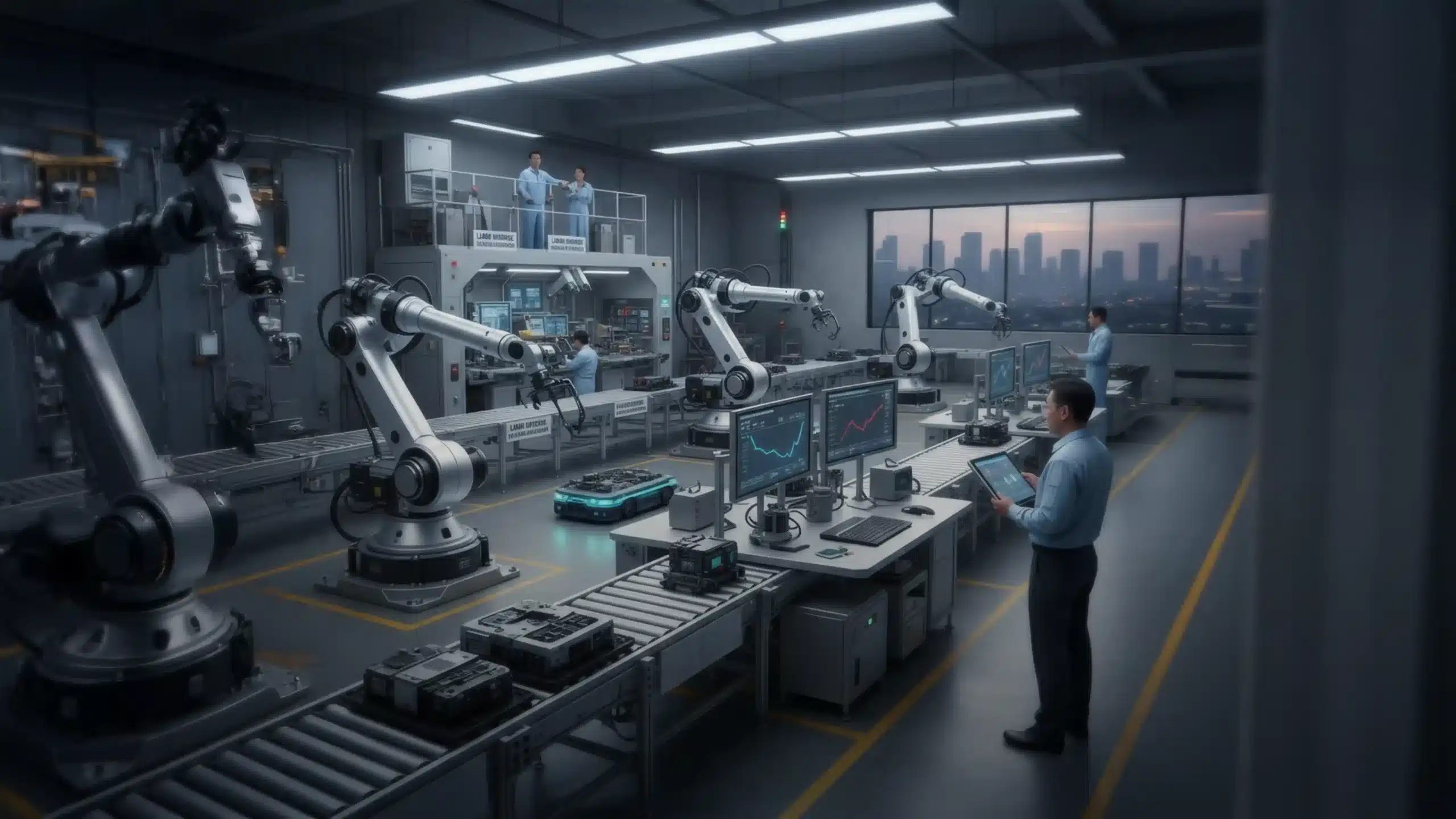
Reason #3: Automation and Labor Shortage Connection
Automation provides an effective way to lessen reliance on manual labor. Many companies now use robotics and AI-powered tools to handle repetitive tasks. However, automation alone can’t solve the labor shortage. Machines still need skilled workers for setup, maintenance, and troubleshooting.
Best Strategies to Avoid Production Line Delays
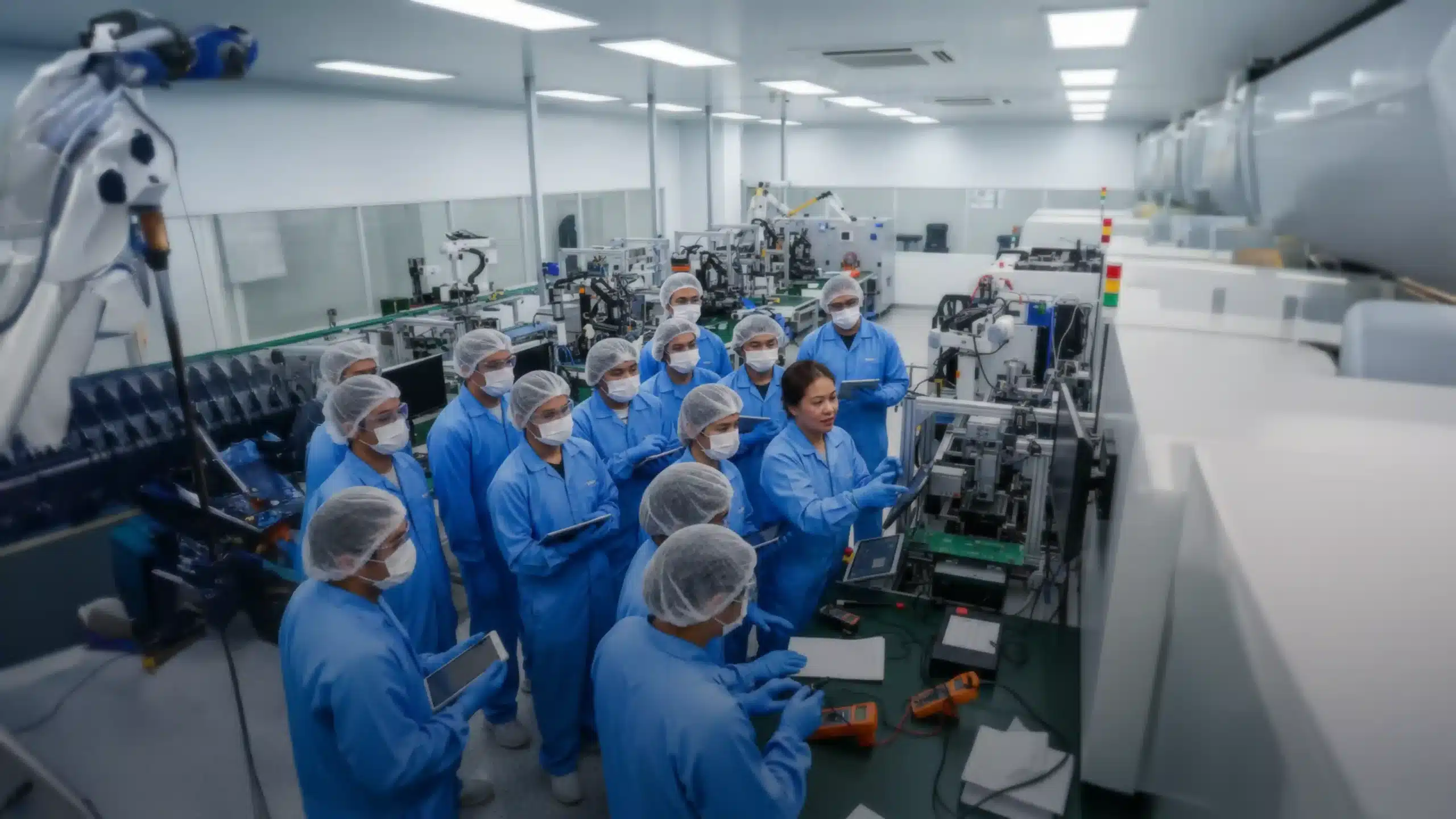
Strengthen Workforce Development in Manufacturing
Investing in workforce development helps build a reliable pool of trained and skilled employees. You can achieve this by partnering with technical schools, providing on-the-job training, and offering upskilling programs that strengthen workers’ technical skills.
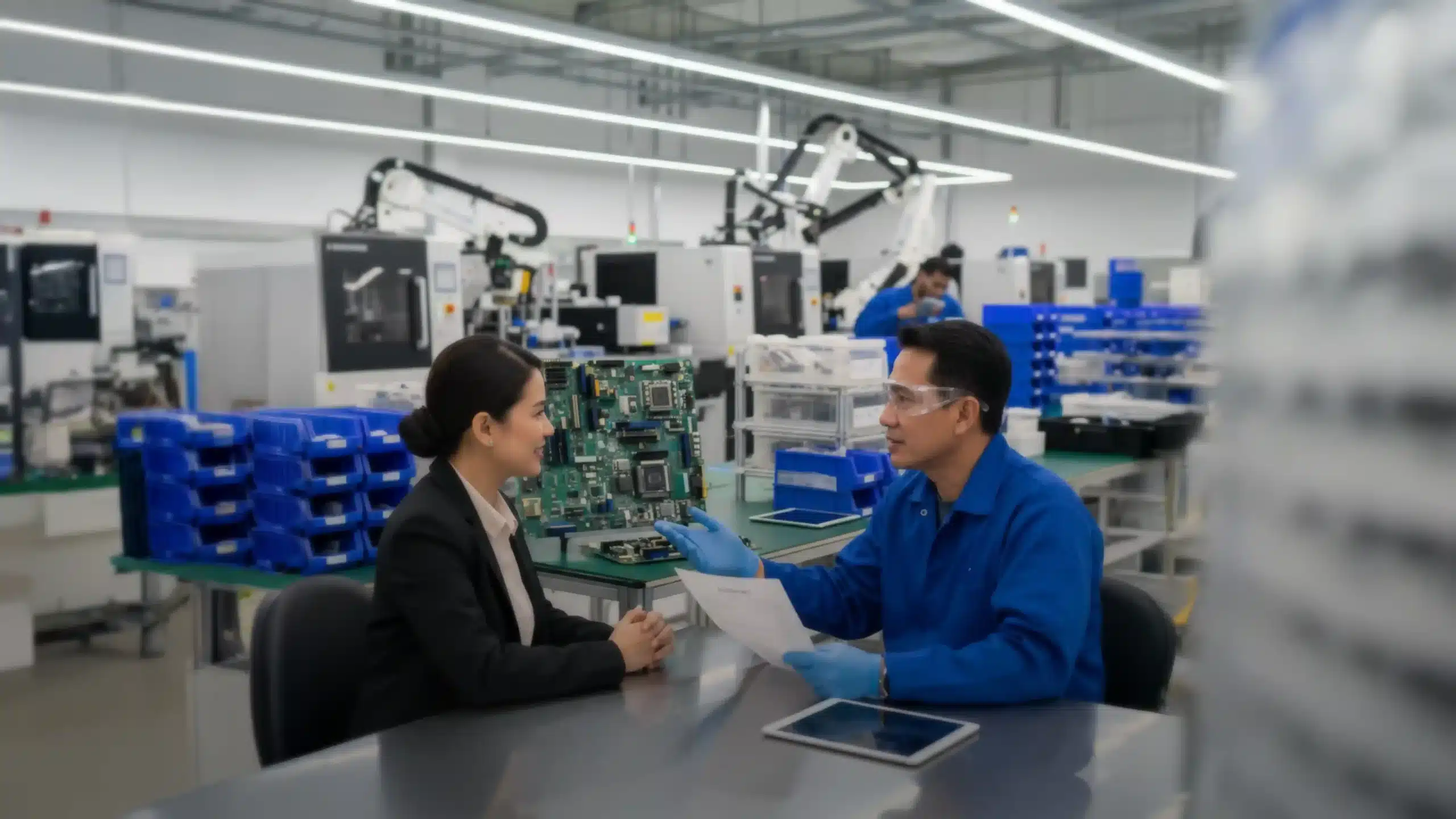
Focus on Hiring Skilled Technicians
Focus on hiring skilled technicians who specialize in electronics assembly, repair, and quality control, then keep them engaged by offering competitive compensation, clear career growth paths, and continuous learning opportunities.
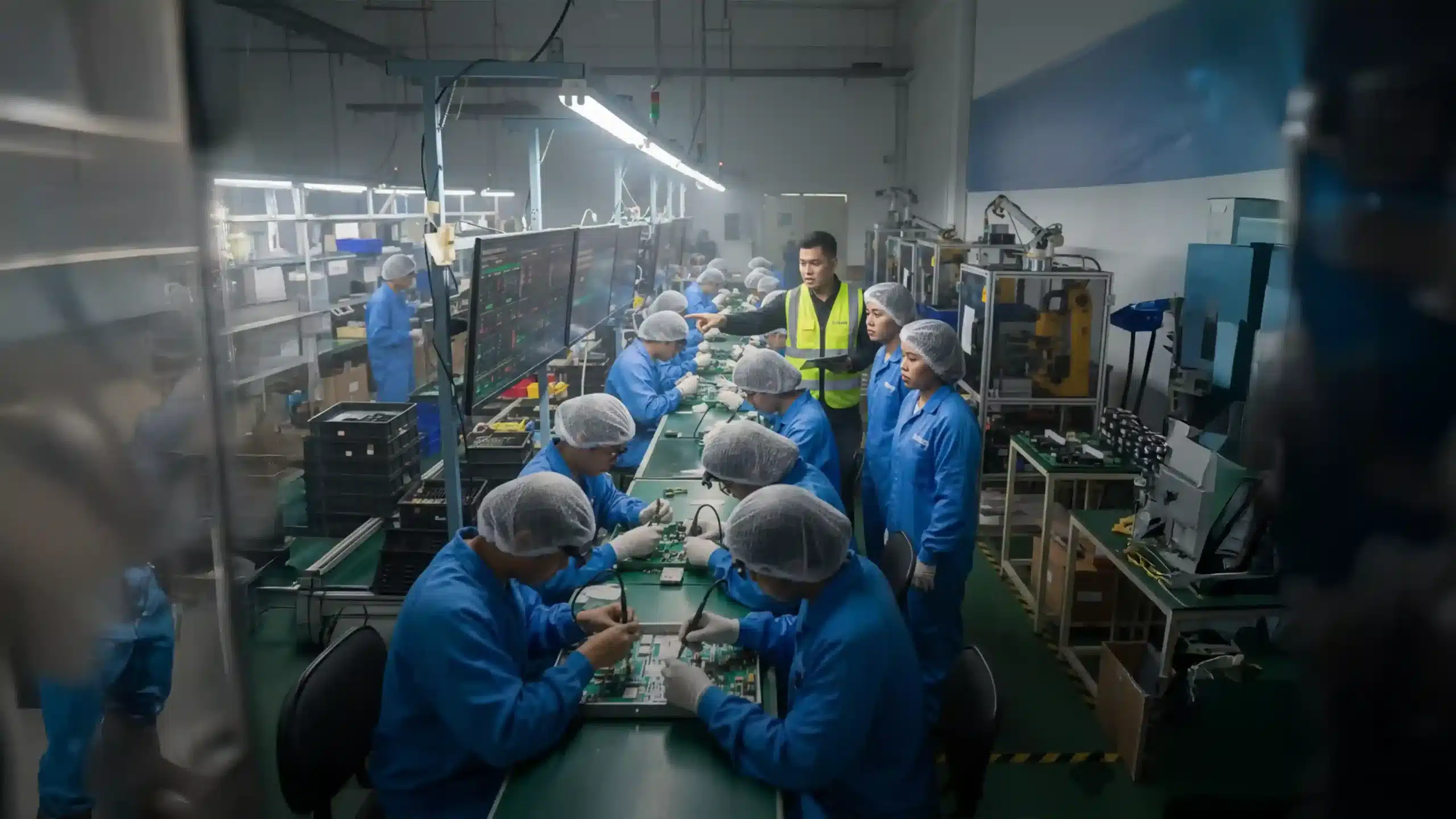
Build Flexible Teams to Handle Peak Demands
Flexibility is important in electronics manufacturing, where demand changes quickly. Choosing to work with manpower service providers or staffing agencies allows you to add extra workers during peak production periods.
Conclusion
As the industry continues to evolve, companies that combine advanced technology with a skilled workforce will lead the way. The future of electronics manufacturing depends on balancing automation and human expertise, where machines handle precision, and people provide creativity and problem-solving.
Partnering with a trusted service provider like TOTC Inc can help you close the talent gap through comprehensive manpower and service contracting solutions.
TOTC Inc offers specialized manufacturing services, production support, and technical staffing designed to enhance operational efficiency and workforce capability.
Keep Your Electronics Production on Track
Avoid costly delays and improve efficiency with skilled manpower support. Partner with experts who understand the needs of electronics manufacturing to keep your production line running smoothly.
GET EXPERT MANPOWER SUPPORT

